You are browsing content specific to your location, some treatments may not be available:
You are browsing content specific to your location, some treatments may not be available:

Individualized patient care and personalized treatment plans are essential to successful fertility treatments. This approach, in combination with our emphasis on single embryo transfer, leads to extraordinary success rates. ART Fertility Clinics has consistently been one of the most successful clinics in the Middle East and India, with a high live birth rate compared to other clinics.
Overall Pregnancy Rate: 69%
Ongoing Pregnancy Rate: 58%
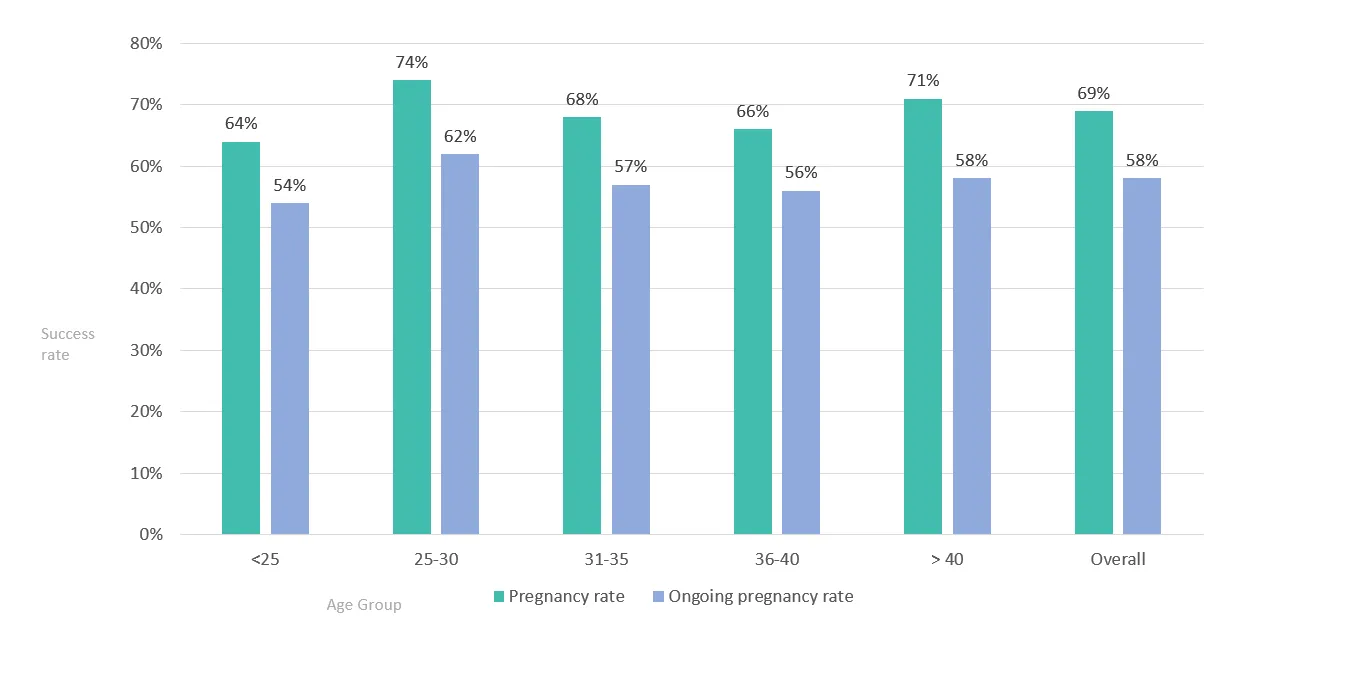
Overall Pregnancy Rate: 70%
Ongoing Pregnancy Rate: 58%
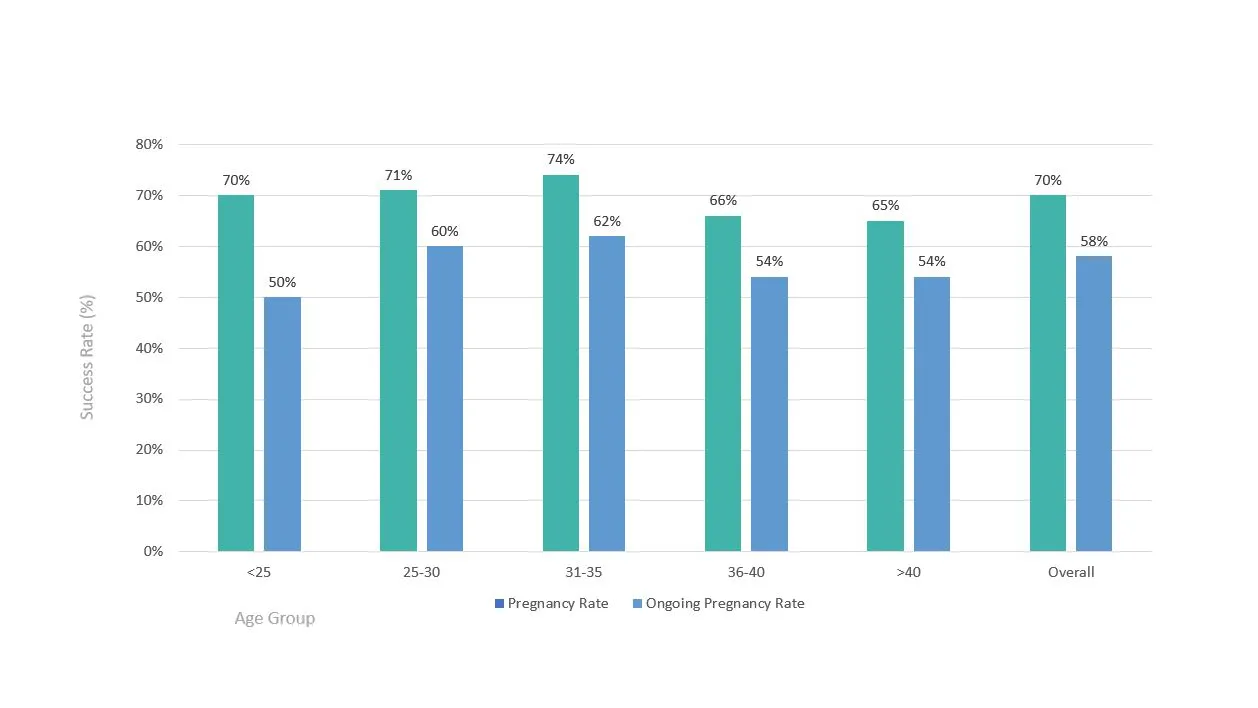
Overall Pregnancy Rate: 69%
Ongoing Pregnancy Rate: 56%
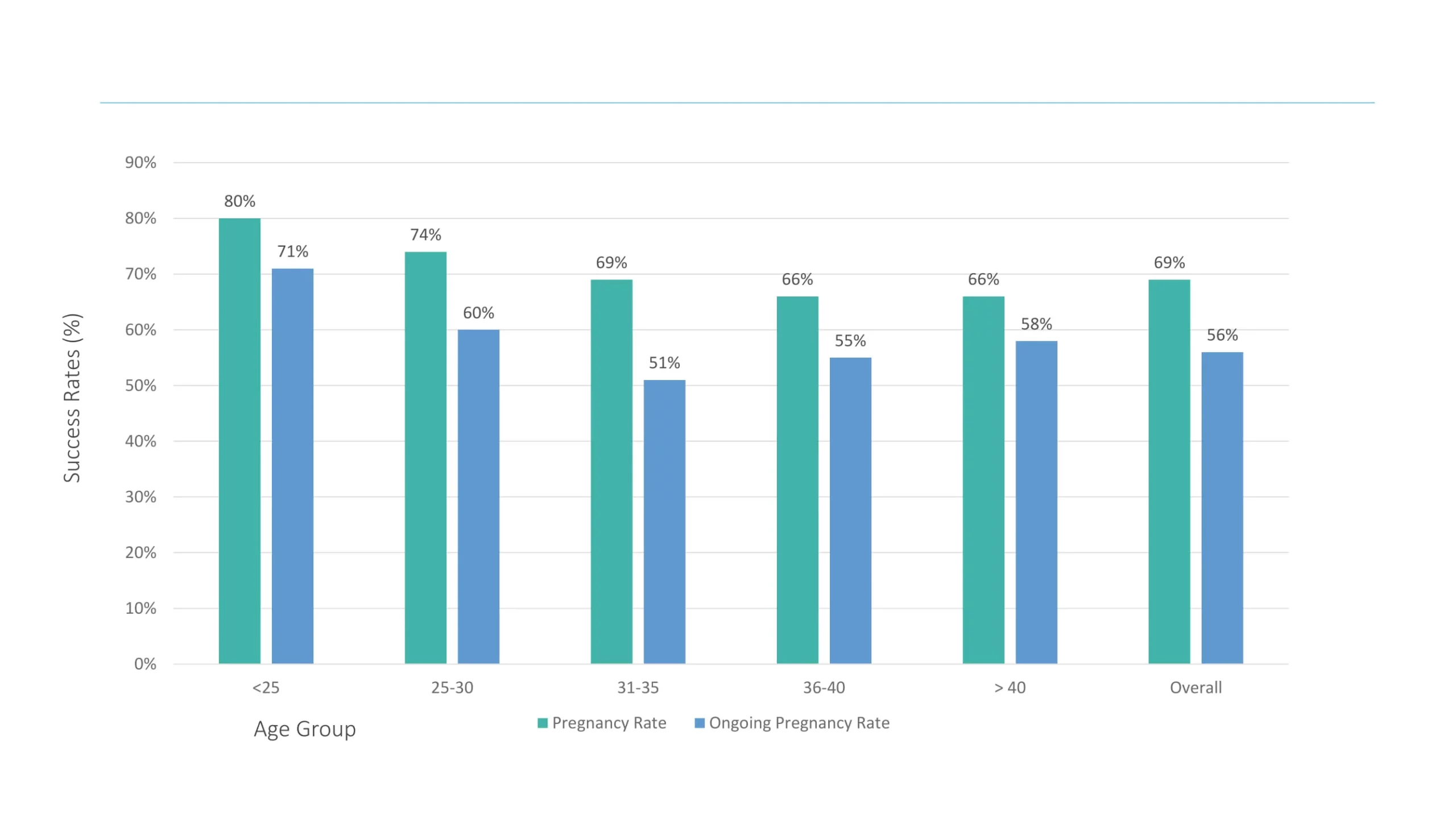
Overall Pregnancy Rate: 69%
Ongoing Pregnancy Rate: 52%
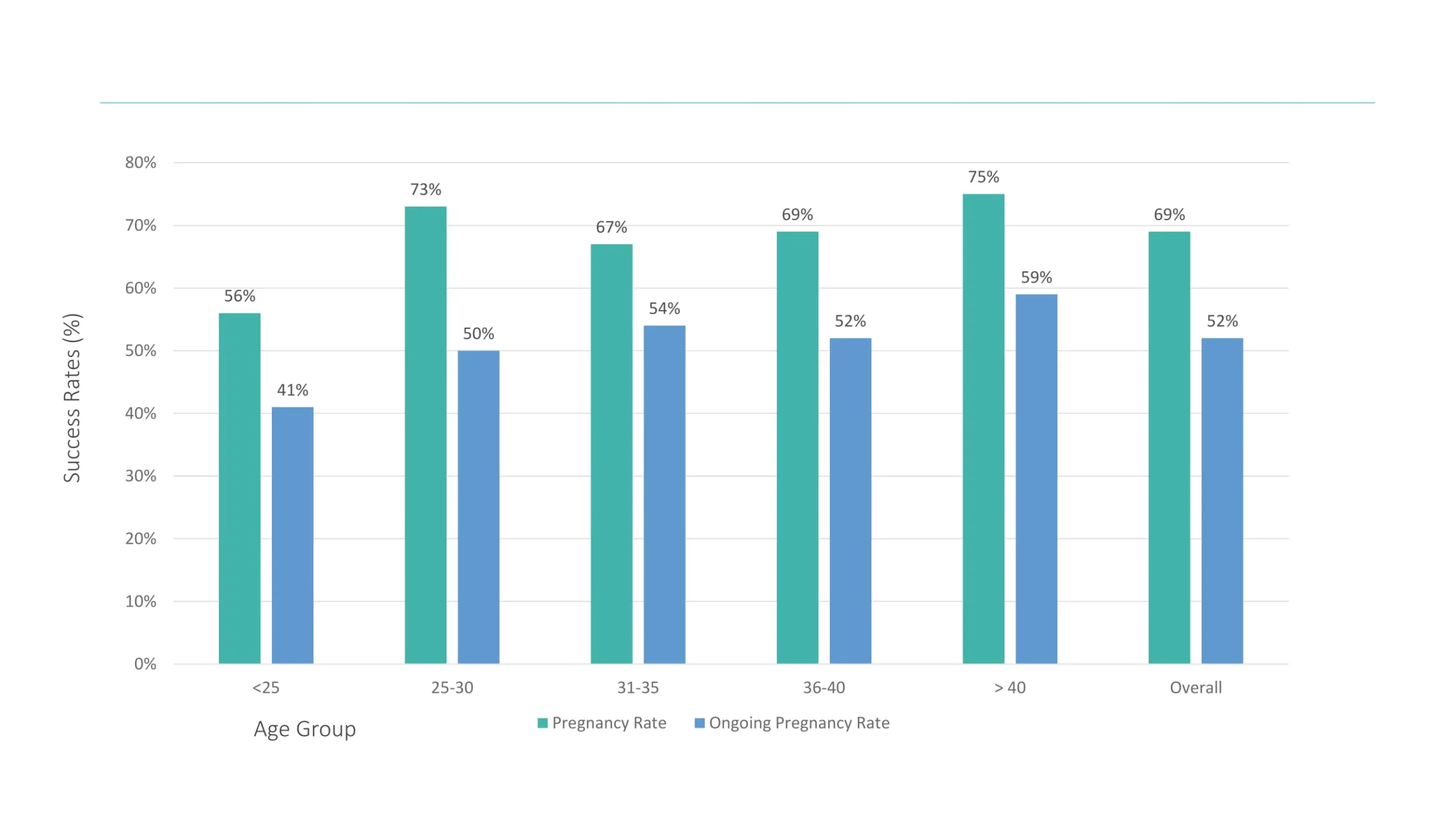
Overall Pregnancy Rate: 70%
Ongoing Pregnancy Rate: 56%
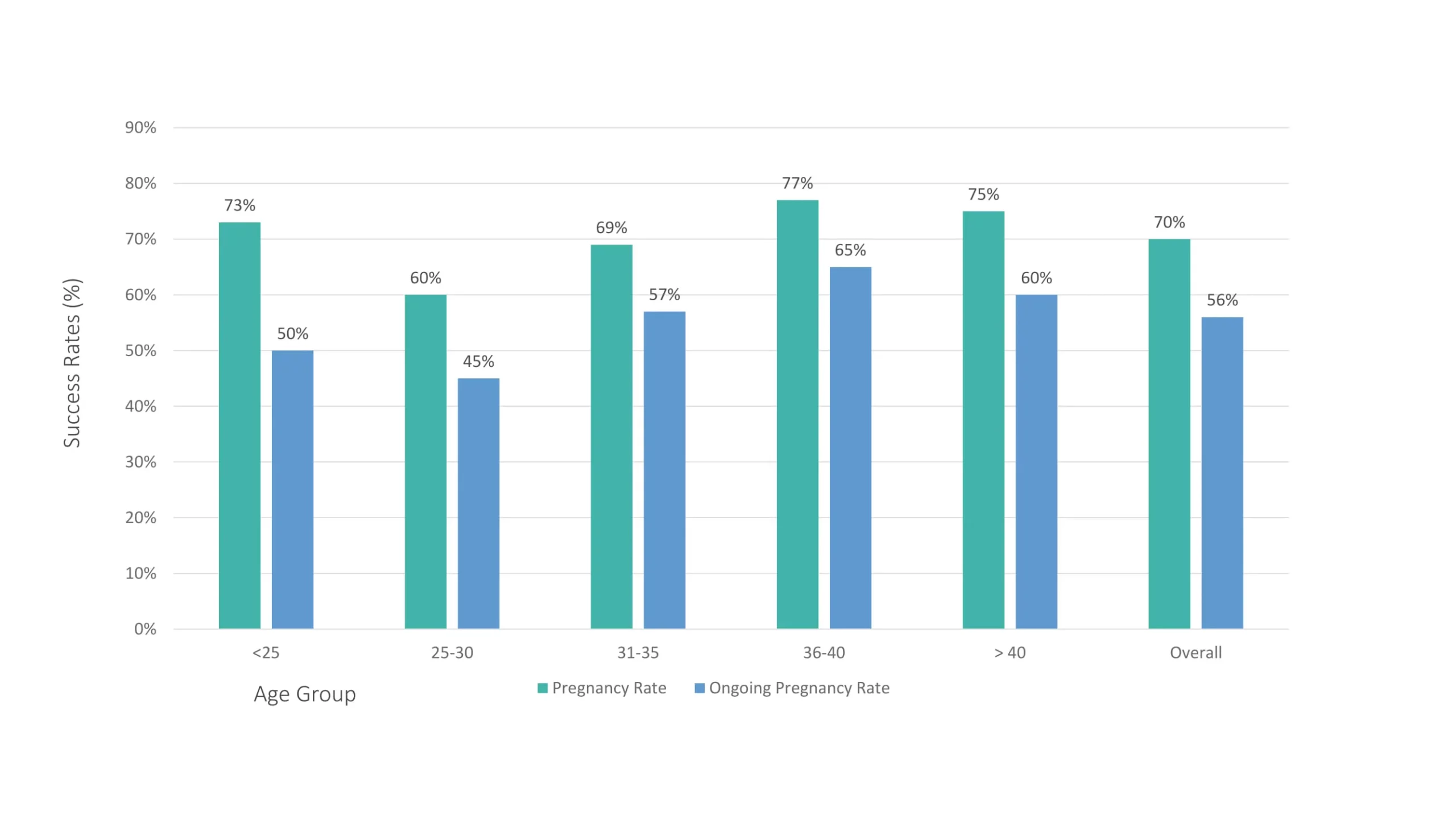
Overall Pregnancy Rate: 78%
Ongoing Pregnancy Rate: 65%
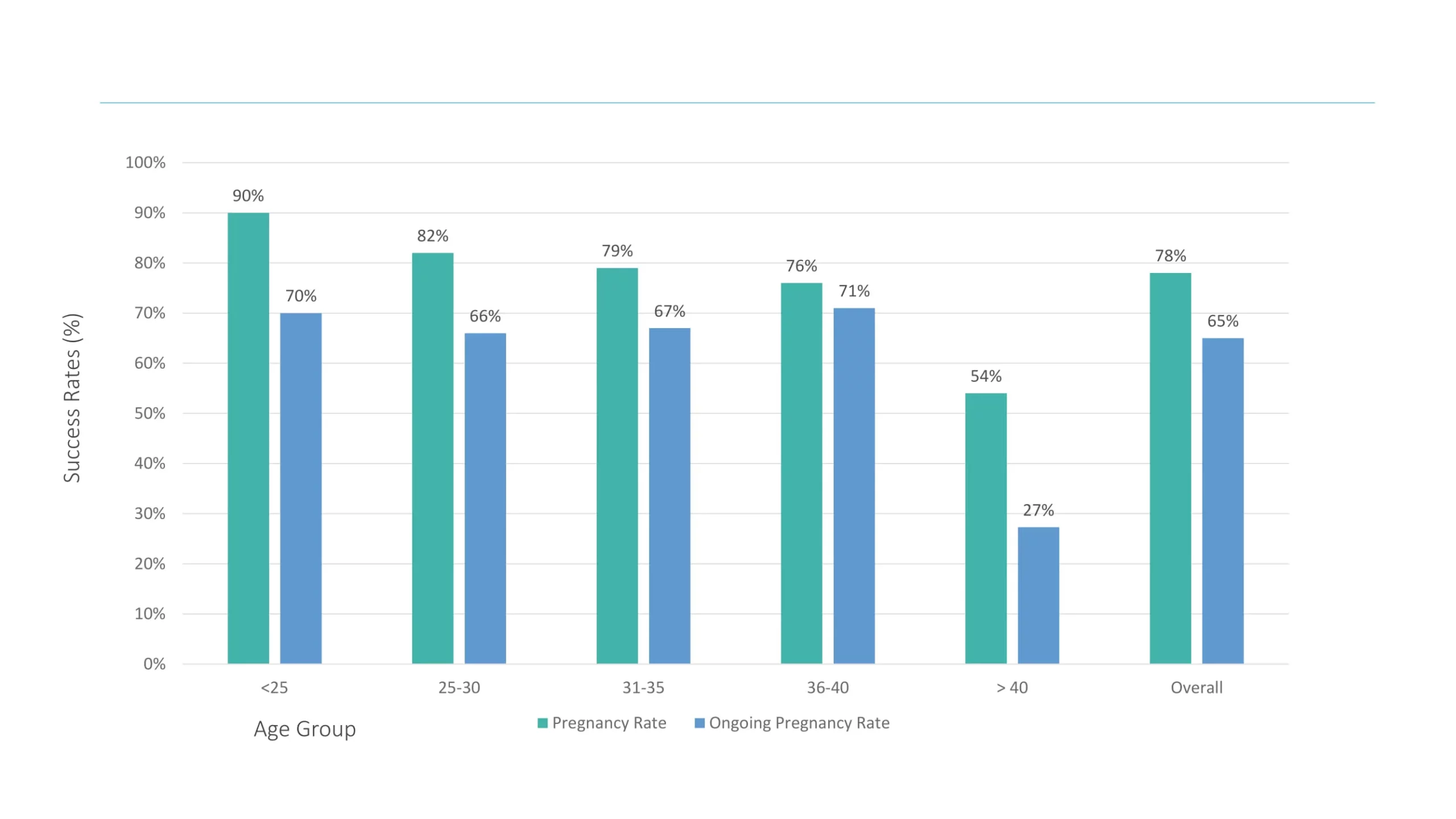
* Last updated on February 29, 2024




ART Fertility Clinics has consistently been one of the most successful clinics in the Middle East and India, with a high live birth rate compared to other clinics. The clinic has a focus on individualized patient care and personalized treatment plans, which leads to high success rates. The overall pregnancy rate for 2021 was 70% and the ongoing pregnancy rate was 58%. The success rates from 2017 to 2020 varied from 69-78% for the overall pregnancy rate and 52-65% for the ongoing pregnancy rate. The higher incidence of infertility in the GCC is due to cultural and social factors such as consanguinity, vitamin D deficiency, obesity, and cultural factors like having large families at an older age. These factors can lead to issues such as reduced ovarian reserve, chromosomal abnormalities, menstrual irregularities, and reduced response to IVF treatments.
We are here to Help
Book an appointment